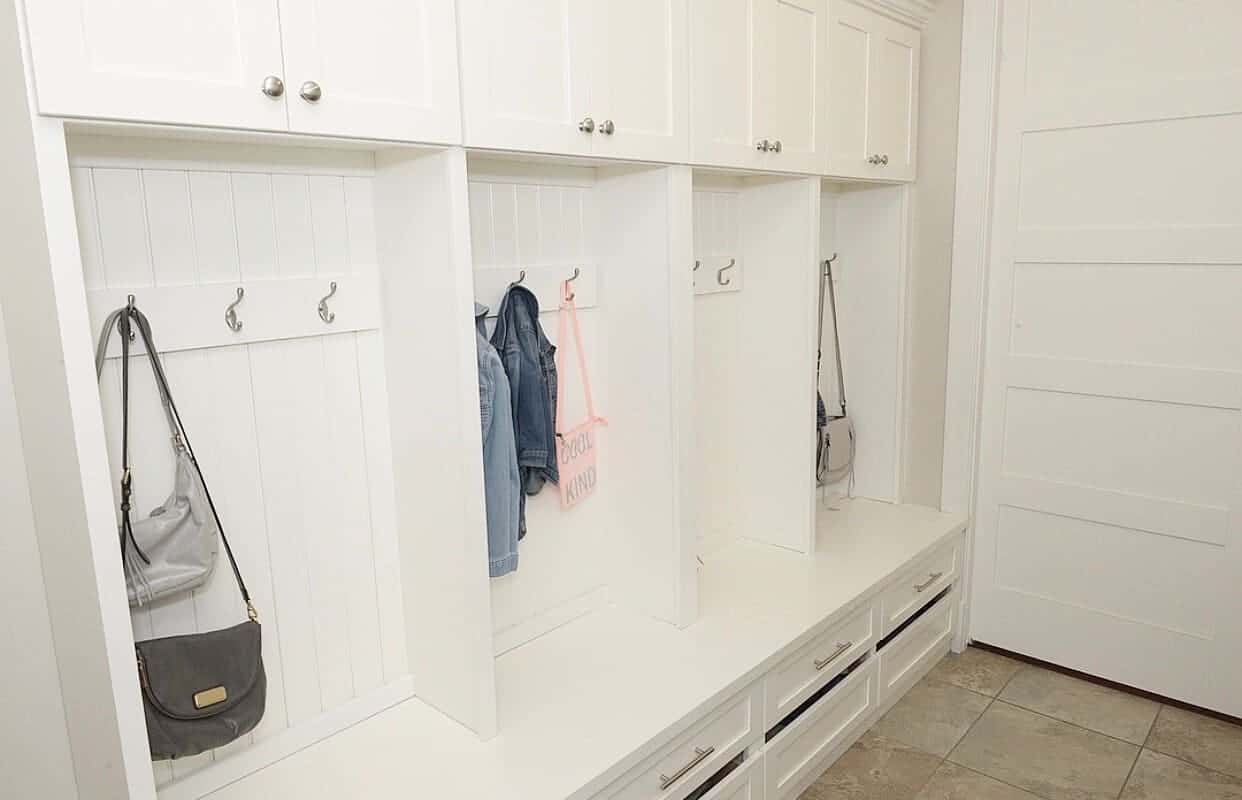
Framed cabinets are installed directly on the floor using shims to level the cabinets, while frameless cabinets are installed on top of either a ladder pack, or leg levelers. Because there is no frame, Any area where there is no door will appear to be set back and can create an unappealing shadow line that will instantly catch your eye.įramed and frameless cabinets have different installation methods, so if your contractor is not familiar with installing one type of cabinet, they may have issues. When designing with frameless cabinets – you REALLY need to pay extra attention! The goal with frameless cabinets is to get a sleek, clean look where all doors, fillers and panels appear to be on one plane. However, there are many frameless cabinets that can create a beautiful transitional design as well, so don’t knock it just because your taste isn’t modern. This style gives a very clean look to a kitchen or bathroom, and is the most appropriate cabinet construction type for a modern space.
OVERLAY CABINETS VS PARTIAL FULL
Without the frame, you are left with more cabinet space, which is why they call it full access cabinetry. You can see that there is no frame, so the door attaches to the side of the cabinet box. I chose the photo to the right because the kitchen was only partially installed and actually shows a cabinet without one door. A frameless cabinet is a cabinet where the door attaches directly to the box, and there is no frame (hence, frame-less). Frameless Cabinetryįrameless cabinet construction, also known as full access cabinetry, started out in Europe but is becoming more and more popular in the US. Framed cabinets can provide a little more leeway than frameless cabinets as you have more room to adjust the crown molding, reveals (space between doors, drawers, etc) are more forgiving, and filler pieces seem to be less noticeable (more on that next).

If stacking cabinets, framed cabinets can be more stable than frameless cabinetry (although this truly depends on the quality of the cabinet line). This style is considered outdated, however, many cabinet lines still carry partial overlay cabinets so that you can match the existing cabinets in your home if doing a partial remodel or add on.įramed cabinetry is great for both traditional and transitional spaces. Partial overlay cabinets (see left) are when the cabinet door only covers a part of the frame, leaving large spaces in between each door. Full overlay cabinets are what you see in the photos above the cabinet door covers almost the entire frame. Within framed cabinetry there are full overlay cabinets, and partial overlay cabinets, sometimes known as standard overlay (although not so standard anymore). Now, not all framed cabinets are created equal. The tall cabinets in the photo do not have their doors on yet, and you can see that there is a faceframe all around the cabinet, and in the center of the cabinet. This progress picture (below) was taken during cabinet installation, and shows a better example of what I’m talking about. A framed cabinet is just like it sounds a cabinet box with a frame. Framed Cabinetryįramed cabinetry is the more traditional, and perhaps more common cabinet construction type (although many would argue that frameless is actually becoming more popular than framed cabinetry nowadays). Anyone purchasing, specifying, or selling cabinetry should know about these cabinet construction types as they will not only have an impact on an overall style, but pricing and installation methods as well.

Okay, time for some cabinet education! There are so many different elements involved in cabinetry and there is no possible way I could cover them all in one blog post (maybe a book!), but today I am going to talk about the three main types of cabinet construction and their differences.


 0 kommentar(er)
0 kommentar(er)
